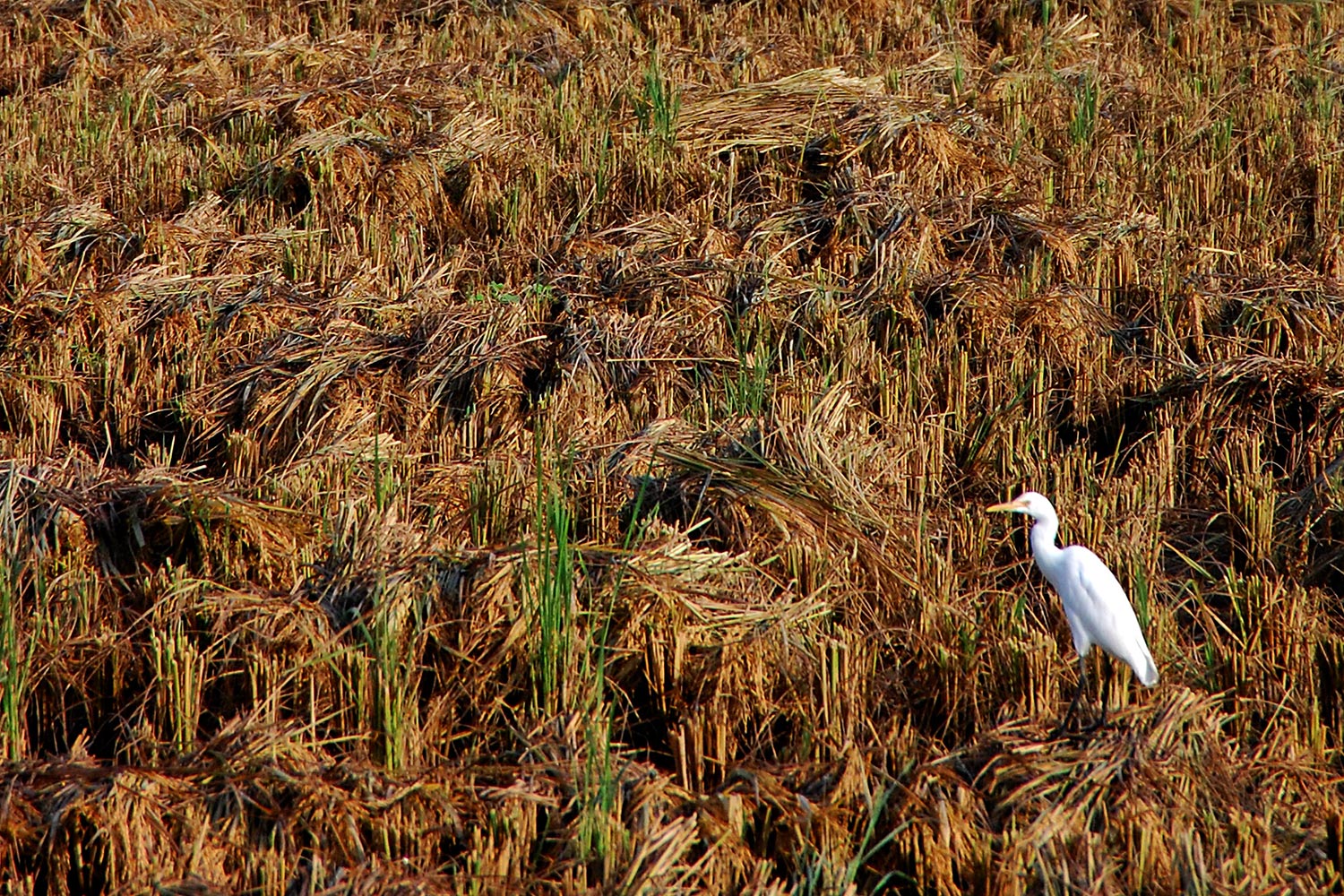Cleaning up Delhi’s deadly fall smog requires an even greener revolution

Jon Hellin and Sudhanshu Singh
The Green Revolution in India, initiated in the 1960s with the introduction of new and high-yielding rice and wheat varieties, was a turning point in the country’s agriculture sector. The science-based initiatives promoted by the government lead to the doubling of wheat and rice production. The unprecedented dramatic successes paved the way for making India the world’s biggest rice exporter. However, along with the Green Revolution’s achievements in terms of agricultural productivity improvement, are lessons learned on its broader social, economic, and environmental impact.
Due to the intensified rice-wheat cropping schedule in the states of Punjab and Haryana, farmers have resorted to burning the rice straw left in the fields to ensure that the following wheat crop can be sown on time. Although the practice of burning rice straw is directly linked with air pollution and the smog in Delhi as well as undermining soil quality, it continues because of increasing labor scarcity, changing market demands, rising mechanization, and groundwater conservation regulations. Reducing crop residue burning and its detrimental environmental effects calls for a coordinated and interdisciplinary approach involving modern technologies, crop diversification, market development, and institutional and policy changes incentivizing farmers to shift to cleaner and more sustainable practices.
Read the full version in the Summer 2021 issue of Issues in Science and Technology.
Jon Hellin is the platform leader of Sustainable Impact through Rice-based Systems at the International Rice Research Institute (IRRI). Sudhanshu Singh is the director of the IRRI South Asia Regional Centre in Varanasi, India.